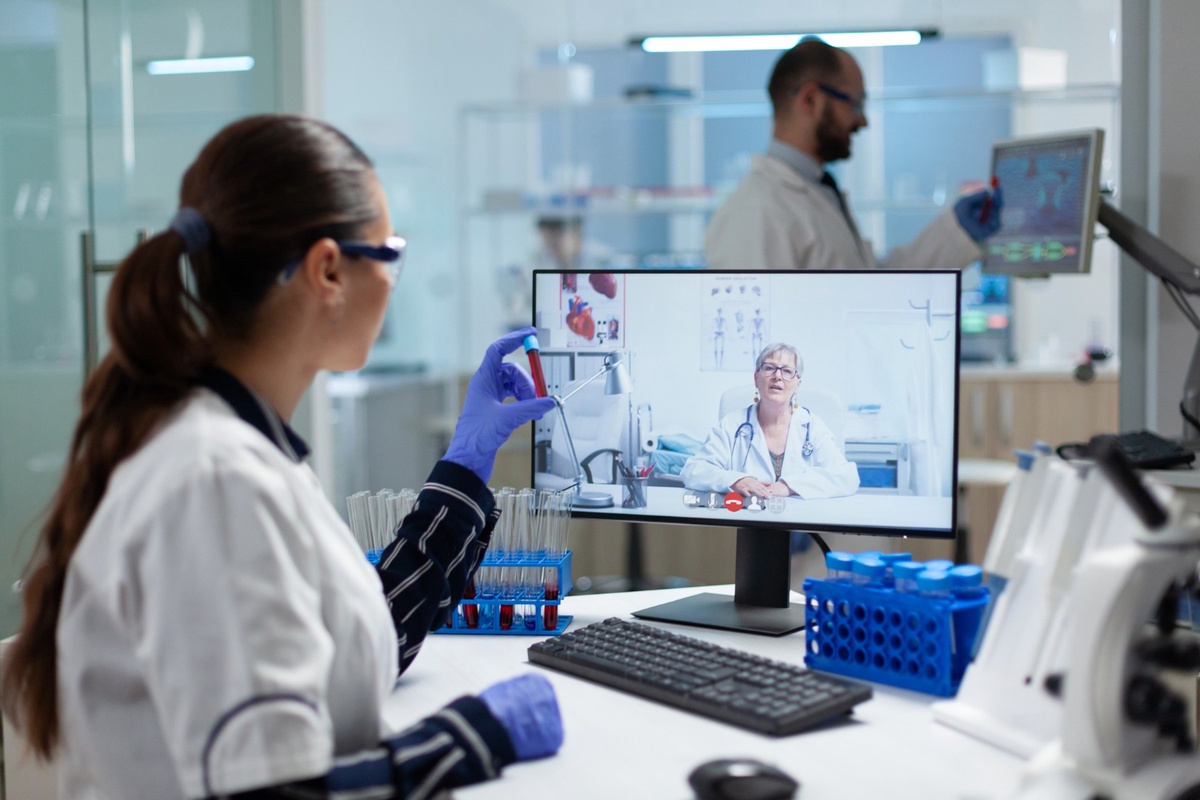In the contemporary landscape of technological advancements, remote monitoring systems have emerged as a crucial component in various fields, with particular significance in healthcare through solutions like Remote Patient Monitoring Solutions in the USA. These systems are designed to enable real-time surveillance and data collection, allowing professionals to monitor and manage assets, processes, or, in the healthcare context, patients from a distance.
What is a Remote Monitoring System
A remote monitoring system is essentially a network of interconnected devices and sensors that gather and transmit data to a central hub or server. This hub serves as a control center, where the collected information is processed, analyzed, and made accessible to authorized users. The key objective of these systems is to provide a means of continuous oversight without the need for physical presence.
Components of a Remote Monitoring System

-
Sensors and Devices: The system relies on various sensors and devices strategically placed to capture relevant data. In healthcare, this could involve wearable devices, vital sign monitors, or other sensors tailored to specific patient needs.
-
Communication Infrastructure: A robust communication network, often utilizing the internet, facilitates the seamless transfer of data from the sensors to the central hub. This ensures that information is relayed in real-time, allowing for timely interventions.
-
Central Hub or Server: The central hub acts as the nerve center of the remote monitoring system. It receives, processes, and stores the data, making it accessible to healthcare providers or other relevant stakeholders.
Applications in Healthcare
One of the notable applications of remote monitoring systems is in the realm of healthcare, where they play a pivotal role in remote patient monitoring solutions. These solutions leverage technology to monitor patients' health status outside of traditional healthcare settings, offering several advantages:
-
Continuous Monitoring: Patients' vital signs and health parameters can be continuously monitored, providing a comprehensive picture of their health over time.
-
Timely Intervention: Any deviations from normal health indicators can trigger alerts, enabling healthcare professionals to intervene promptly, preventing potential complications.
-
Enhanced Patient Engagement: Patients can actively participate in their care by having access to their health data, fostering a sense of responsibility and empowerment.
-
Reduced Hospital Visits: Remote monitoring reduces the need for frequent hospital visits, offering a more convenient and cost-effective alternative for both patients and healthcare providers.
Challenges and Considerations
In the realm of remote monitoring systems, a myriad of challenges and considerations arise, demanding careful navigation for successful implementation.
Data security and privacy concerns loom large, emphasizing the need for robust encryption methods, secure data storage, and stringent access controls to safeguard sensitive health information.
Achieving interoperability among diverse devices and systems is another critical consideration, requiring the establishment of industry standards to foster a seamlessly connected healthcare ecosystem.
The ongoing evolution of these systems prompts healthcare providers to grapple with issues of predictive analytics and artificial intelligence, balancing the potential for proactive interventions with ethical and regulatory considerations.
As we venture into the future of remote monitoring, addressing these challenges head-on is paramount to harnessing the full transformative potential of these systems in enhancing patient care and reshaping healthcare practices.
Overcoming Challenges and Embracing the Future
As the implementation of remote monitoring systems, including Remote Patient Monitoring Solutions, continues to grow, addressing challenges becomes imperative for their widespread adoption.
Striking a balance between technological innovation and safeguarding patient privacy is an ongoing concern. Robust encryption methods, secure data storage, and strict access controls are essential components in mitigating these challenges.
Interoperability and Integration
Another consideration in the deployment of remote monitoring systems is the need for interoperability.
Ensuring that different devices and systems can seamlessly communicate and share data is vital for comprehensive patient care.
Healthcare providers are working towards establishing industry standards to promote interoperability, fostering a cohesive and connected healthcare ecosystem.
The Future Landscape
Looking ahead, the future of remote monitoring systems appears promising.
Advancements in artificial intelligence and machine learning are enhancing the predictive capabilities of these systems.
Predictive analytics can help healthcare professionals anticipate potential health issues based on historical data, enabling proactive interventions and personalized care plans.
Patient-Centric Care

The evolving landscape also emphasizes a shift towards patient-centric care.
Remote monitoring empowers individuals to take an active role in managing their health, promoting a holistic approach that extends beyond reactive treatments.
By fostering a partnership between patients and healthcare providers, remote monitoring systems contribute to a more personalized and preventive healthcare model.
Conclusion
In conclusion, remote monitoring systems, with a specific focus on Remote Patient Monitoring Solutions, have become integral in reshaping how healthcare is delivered.
The ability to gather real-time data and provide continuous oversight offers numerous benefits, from improving patient outcomes to optimizing healthcare resources.
As these systems evolve and overcome challenges, they stand as a testament to the transformative power of technology in enhancing the quality and accessibility of healthcare.


No comments yet